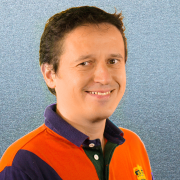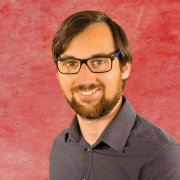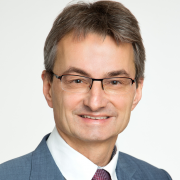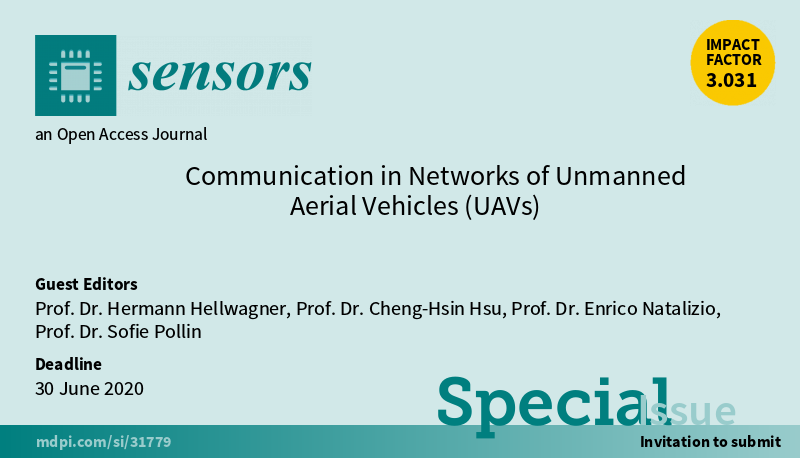Abstract: Video streaming is one of the top traffic contributors in the Internet and a frequent research subject. It is expected that streaming traffic will grow 4-fold for video globally and 9-fold for mobile video between 2017 and 2022. In this paper, we present an automatized measurement framework for evaluating video streaming QoE in operational broadband networks, using headless streaming with a Docker-based client, and a server-side implementation allowing for the use of multiple video players and adaptation algorithms. Our framework allows for integration with the MONROE testbed and Bitmovin Analytics, which bring on the possibility to conduct large-scale measurements in different networks, including mobility scenarios, and monitor different parameters in the application, transport, network, and physical layers in real-time.
Authors: Cise Midoglu (Simula), Anatoliy Zabrovskiy (AAU), Özgü Alay (Simula), Daniel Hölbling-Inzko (Bitmovin), Carsten Griwodz (Univ. of Oslo), Christian Timmerer (AAU/Bitmovin)
Keywords: adaptive streaming, network measurements, OTT video analytics, QoE
Link: ACMMM 2019







